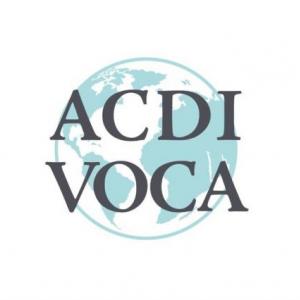Reducing the Opportunity Cost of Lending in Northern Kenya
Image

Northern Kenya has significant opportunities for economic development, and access to finance is a key driver for the region’s sustainable growth. Unfortunately, the region is also burdened with negative perceptions, as Kenyan financial institutions deem it risky compared to other more economically developed parts of the country. Further, most plentiful and impactful Northern Kenyan investments are at the micro, small- and medium-sized enterprise (MSME) level. Acquiring, evaluating, servicing, and monitoring MSME clients is often cost prohibitive, given the region’s wide geographical spread and limited infrastructure.
To address these problems, USAID Kuza, an activity implemented by ACDI/VOCA, developed the Impact for Northern Kenya Fund LLC (“the Fund”), a $14-million impact investing vehicle that lends catalytic capital to financial institutions for on-lending to MSMEs in Northern Kenya. Through catalytic loans, the Fund de-risks the opportunity cost of doing business in Northern Kenya.
To date, the Fund has made loans to six financial institutions operating in Northern Kenya, including a $1.25-million loan to the Agricultural Finance Corporation (AFC). AFC is a parastatal development finance institution that capitalizes producers, agribusinesses, and Saving and Credit Cooperative Organizations (SACCOs).
SACCOs are financial institutions whose members are also their clients. SACCOs are not-for-profit; thus, low-income populations prefer them to banks, as they offer higher savings interest rates and lower loan interest rates. Further, SACCOs do not have the same collateral requirements as banks, and instead use the member guarantee model. Northern Kenya is estimated to have over 4,000 active SACCOs with total asset value of $26 million and 25,000 members. However, SACCOs frequently face challenges in receiving financing to increase lending to their members due to their relatively small size and limited management sophistication.
Given AFC’s government-directed low interest rates, they can successfully and profitably lend to SACCOs where many other commercial banks cannot. AFC used the Fund’s loan to on-lend to 90 clients across Isiolo, Lamu, Marsabit, Samburu, Tana River, and West Pokot counties. Among these clients is Imarika SACCO, which operates in Lamu and Tana River counties.
“USAID Kuza has been a godsend. Before we received the loan from the [Impact for Northern Kenya] Fund, AFC was not lending in Northern Kenya.” — BONANO BADIA, CHIEF CREDIT OFFICER OF AFC
Imarika, which means “become stable” in Kiswahili, started in 1974 to serve teachers on the Kenyan Coast. The SACCO has since grown to 40,000 members across various geographies and sectors. In addition to savings, Imarika offers agricultural, business, education, and emergency loan products. To expand membership and reduce operational costs, Imarika uses digital finance products, including online banking, ATM disbursements, and M-Pesa (mobile money) repayments.
Imarika SACCO’s typical loan client is a salaried public school teacher, who uses the capital to acquire assets for agricultural production for household use and secondary income. These clients, in turn, create income opportunities for input providers, transporters, and marketers in their communities. Through these loans, Imarika also supports increased household food security in the face of the negative impacts of climate change.


